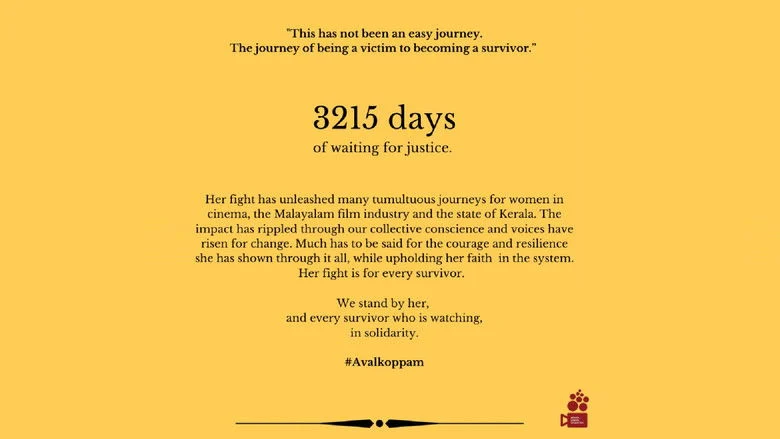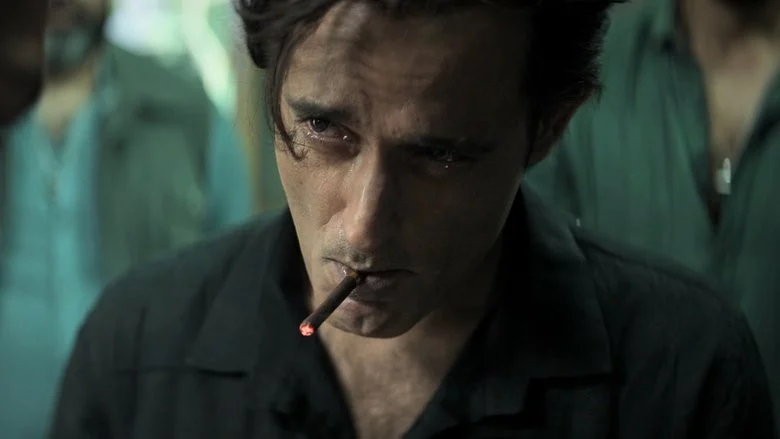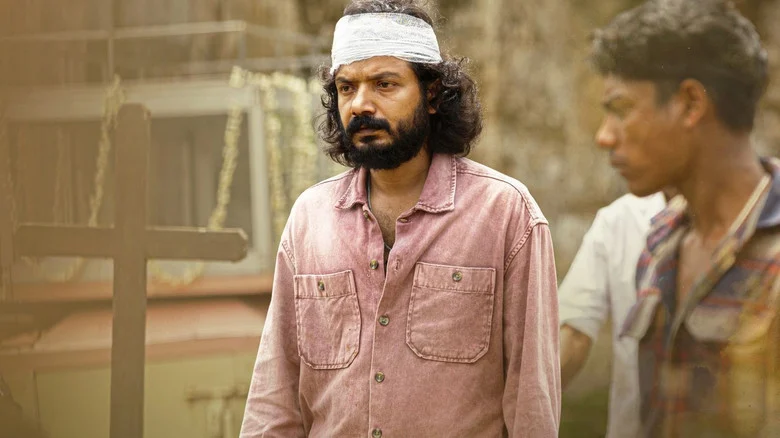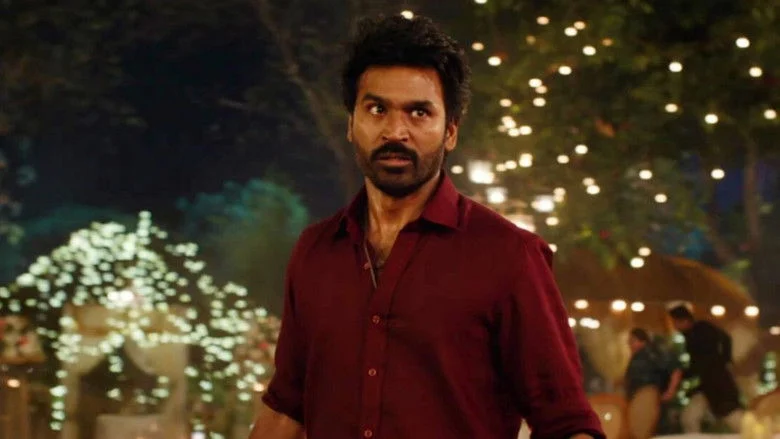
I Still Believe (2020) Movie: KJ Apa’s Real-Life Love Story Hit Different Than Riverdale
I Still Believe tells the real story of Jeremy Camp, a Christian music artist whose life changed forever when love and tragedy collided. The Erwin Brothers directed this 2020 drama starring KJ Apa and Britt Robertson. What makes this film different from typical romantic dramas is its foundation in actual events.
The movie runs for 116 minutes and features Nathan Parsons, Gary Sinise, and surprisingly, Shania Twain. Released just before the pandemic hit theaters, this Kingdom Story Company production asks tough questions about faith when life gets unbearably hard.

The Story That Inspired Millions
Jeremy Camp starts as a college student with big dreams about making Christian music. His life takes a beautiful turn when he meets Melissa Lynn Henning. Their connection feels instant and real. Then comes the news that changes everything – Melissa has ovarian cancer.
Most people would run from such a situation. Jeremy doesn’t. He decides to marry Melissa anyway, believing their love can handle whatever comes next. What follows is a brief marriage marked by hospital visits, medical treatments, and moments of pure joy.
The couple faces Melissa’s illness head-on. Their story becomes about finding light in darkness. Jeremy’s faith gets shaken but never completely broken. This experience later becomes the song I Still Believe that made Jeremy famous.
The plot doesn’t surprise you much if you watch faith-based movies regularly. But the real-life foundation gives weight to every scene. You know this actually happened to real people.

Acting That Hits Different Notes
KJ Apa brings Jeremy Camp to life with genuine charm. Coming from Riverdale, he shows he can handle dramatic material beyond teen drama. His musical scenes feel natural – you believe he’s actually a musician.
Where Apa sometimes struggles is in the heaviest emotional moments. I noticed his performance felt less convincing during Jeremy’s darkest hours. Still, his overall portrayal works well for the character.
Britt Robertson delivers the movie’s best performance as Melissa. She makes a potentially tragic character feel fully human. Robertson shows Melissa’s strength and vulnerability without making her seem like a saint. Her hospital scenes are particularly powerful.
I was impressed by how Robertson handled the physical demands of playing someone with cancer. She never lets Melissa become just her illness. The chemistry between Robertson and Apa feels real throughout.
Gary Sinise brings his usual professionalism to a supporting role. Nathan Parsons does solid work with limited screen time. Shania Twain appears briefly but makes her scenes count.

Behind the Camera Work
The Erwin Brothers know how to make faith-based films that don’t look cheap. Their cinematography captures both college life and hospital settings effectively. The movie looks professional throughout its nearly two-hour runtime.
Sometimes the pacing drags, especially in the middle sections. Certain conversations feel longer than necessary. The directors seem afraid to cut scenes that might have emotional value.
The musical elements work better than expected. Jeremy’s songs feel integrated into the story rather than forced. The sound mixing gives proper weight to both dialogue and music. This matters since music drives much of the plot.
What Really Works
This movie succeeds because it doesn’t try to sugarcoat reality. Real love means staying when things get horrible. The film shows this without becoming manipulative about it. The central relationship feels believable throughout.
The musical performances add authenticity rather than feeling like interruptions. KJ Apa can actually sing, which helps enormously. The songs advance the story instead of stopping it cold.
Production values stay consistently high. The movie looks and sounds like a major studio production. This helps it reach beyond the usual Christian film audience. The true story foundation gives emotional weight to dramatic moments.
Where It Falls Short
The screenplay follows too many familiar patterns from other faith-based films. You can predict major plot points well in advance. Some dialogue sounds more like sermon material than natural conversation.
Character development beyond Jeremy and Melissa stays pretty thin. Supporting characters exist mainly to move the plot forward. This makes the movie feel smaller than it should.
The film runs longer than its story really needs. Tighter editing could have improved the pacing significantly. I found myself checking the time during some scenes.
The balance between spiritual themes and broader entertainment sometimes tips too far toward preaching. This limits the film’s appeal to general audiences.
How Critics and Audiences Responded
Professional critics gave mixed reactions to the film. Rotten Tomatoes shows a 69% critic score, while IMDb users rated it 6.5 out of 10. The audience score hit 98% on Rotten Tomatoes, showing a clear divide.
Critics appreciated the sincere approach to depicting faith during crisis. However, they found fault with predictable plotting and thin character development beyond the leads. Several reviews mentioned pacing problems.
General audiences connected much more strongly with the material. The true story resonated with viewers looking for uplifting content. Christian audiences particularly embraced the film’s message about maintaining faith through tragedy.
The gap between critic and audience scores suggests the movie succeeds for its intended viewers. It just doesn’t break through to wider critical acceptance.
My Final Take
I Still Believe works as emotional storytelling even when it stumbles as cinema. The real-life foundation provides power that overcomes some screenplay weaknesses. Both lead actors commit fully to their roles.
This film serves its audience well without trying to be something it’s not. If you enjoy Christian-themed entertainment, you’ll likely connect with this story. The universal themes of love and loss can touch anyone.
The movie’s biggest achievement is treating faith seriously without becoming preachy. Jeremy’s struggles feel real because they actually happened. I found myself emotionally invested despite knowing how the story ends.
Rating: 3.5/5










